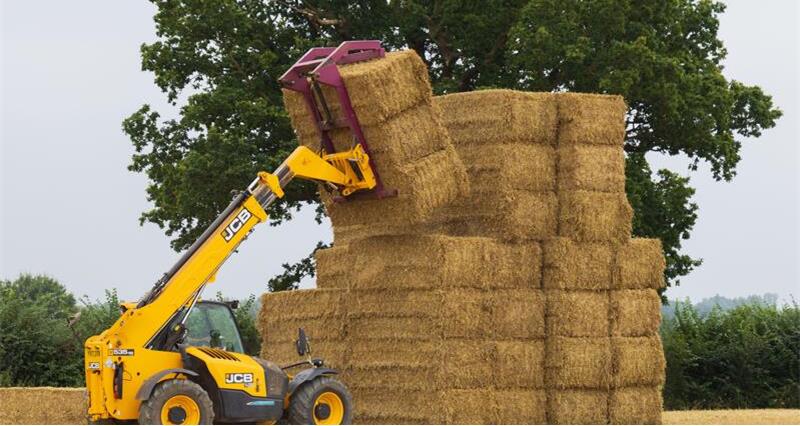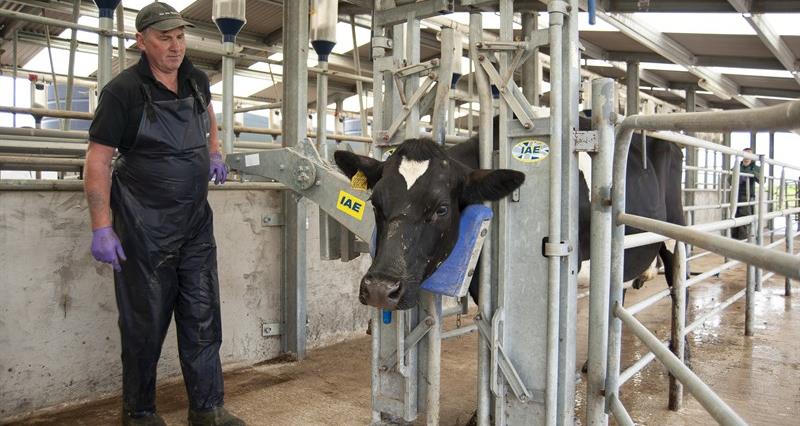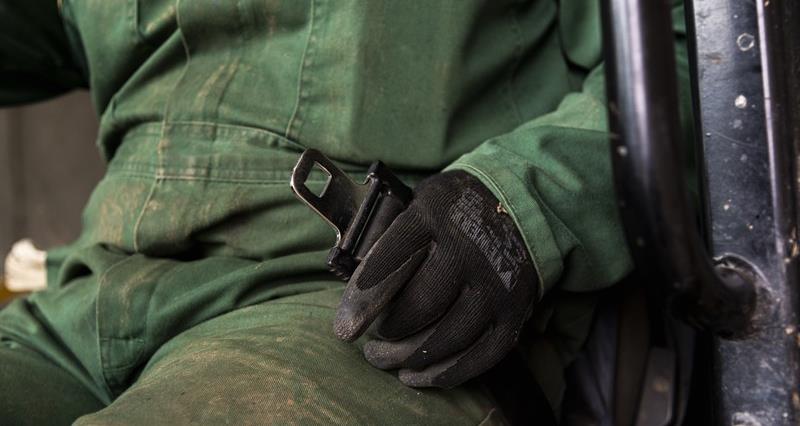The LOLER (Lifting Operations and Lifting Equipment Regulations) 1998 deals with specific hazards and risks associated with lifting equipment and lifting operations and places a duty on individuals and businesses who own and operate lifting equipment.
This legislation covers any equipment used for working at height including:
- Ladders,
- Lifting trucks including telescopic handlers and forklifts,
- Telehandler and forklift accessories such as pallet tines and loader buckets,
- Cherry pickers,
- Cranes,
- Man Cages,
- Harnesses and hoists,
- Vehicle lifts,
- Suspension equipment,
- Other lifting accessories.
Essentially, any equipment that is involved in the operation concerned with lifting and lowering of a load falls under LOLER.
The load is defined as anything that is being moved by the lifting equipment, including persons and objects.
Training
Appropriate training should be completed in the use of any lifting equipment, which should be refreshed at a minimum of every 5 years. Most trainings provide a renewal date when refresher training should be completed by.
Exemptions under LOLER:
- Pallet trucks where the consequence of the load falling off is very low,
- Roller shutter doors,
- Escalators,
- Fall arrest ropes,
- Tipper trucks.
Inspections
How often does my lifting equipment need to be inspected?
The NFU recommends that inspectors registered with the United Kingdom Accreditation Services complete the inspection, and records of each inspection should be kept.
For lifting equipment involved in lifting persons and any lifting accessories, these should be inspected at least every 6 months.
For all other lifting equipment, these should be inspected at least every 12 months.
The one exception is that if the equipment is purchased brand new and unused, the first inspection is not deemed necessary as the equipment must be up to relevant standards at point of sale. After this the above timelines apply.
Additional inspections should be completed if the lifting equipment is out of use for long periods of time, becomes damaged or if modifications are completed that could affect the equipment’s integrity.
Thorough maintenance of the equipment should be completed ahead of each inspection. This may help to ensure fewer defects are detected during the inspection.
What happens during an inspection?
The inspector will review and assess the relevant machinery and equipment. If any defects are found they will be categorised according to the severity, with “immediate defect” being the most severe.
If the inspector identifies an “immediate defect”, legally this must be reported to HSE, regardless of whether the defect is immediately fixed.
If one or more defects are found, and depending on their severity, depends on what the outcome may be. If deemed necessary, anything from a fine to prosecution could occur.
More from NFUonline:



